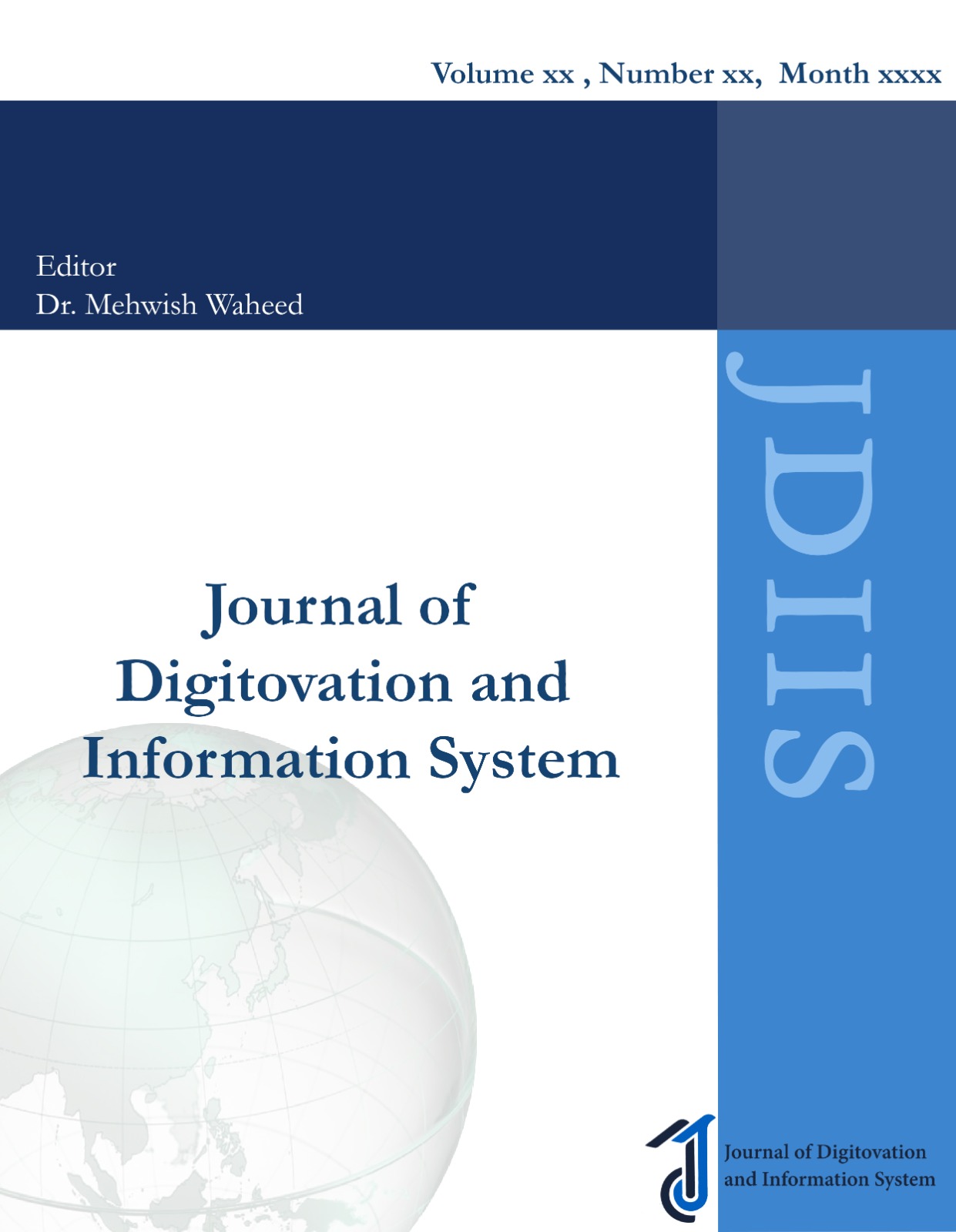Authorship Guidelines
It is the liability of the corresponding scholar to ensure the acknowledgment of authorship for all content submitted, processed, and published in JDIIS. All sorts of submissions and published content such as review articles, research papers, art pieces, or other forms of material or objects should contain complete information about authors and co-authors who had a significant role played in preparation, development, data collection, or other kinds of contribution.
Suitable attribution and acknowledgment
The corresponding writer should safeguard that;
• All authors should approve the final version before submission.
• The work submitted should be original as per research norms and ethics.
• All authors, co-authors are aware that the manuscript is being submitted to this outlet and are acknowledged for their consent before submission.
• To ensure that only those individuals who have made a significant contribution in idea generation, idea development, writing, collecting data, analysis, and other support are listed as co-authors.
• To ensure that all individuals who supported in any form for the conduct of the research are acknowledged for their support in the acknowledgment section.
• To ensure that if there is any conflict of interest should be declared and also make sure the statement of conflict of interest is provided before submission.
Changes in authorship
If there is a situation in which authorship change is needed a written formal request may be sent to the Editor in chief or senior editor of the JDIIS. The request then will be forwarded to the advisory board of the journal and the board reserves the right to accept or reject the author change appeal. The decision is solely based on the boards' discretion depending on reasons, arguments, proofs, the information provided along with formal authorship change requests. Another important aspect is that all authors must be agreed on the requested authorship change. If the changes are requested and accepted post-publication, then a public notice will be displayed on the journal website regarding this change.
Article Processing Charges (APC)
JDIIS does not request any handling/ publication burdens from authors. They can publish for free. This applies to all the authors from any country in the world. The funding to meet all editorial expenses are sponsored by WF Tanster a society for research scholarship and digital innovation, Sweden.
Manuscript Preparation
Following style, guidelines must be followed while preparing the manuscript for submission to JDIIS. Make sure that the names and identifying information of all authors are mentioned only on the title page. No such information must be given in the main document.
Title Page
The title page must contain the following
• Title of the study (Times New Roman, 12)
• Author's and co-authors' names followed by their designation, address, email IDs, and contact details. (Times New Roman, 11)
• The corresponding author must be clearly identified here.
• An acknowledgment statement recognizing any help that made the research possible.
Abstract
An Abstract should be 150 to 200-word along with necessary details regarding the purpose, methodology,
findings, and implications of the study. 5-6 keywords must be provided after the abstract. (Times New Roman, 08)
Text Formatting Details
The manuscript must be prepared with
• 12-Point font (Title), 08-Point font (Abstract), 11- font (heading), 10- font (Body) – Times New Roman
--> 1.15 Spacing, Add Space before and after paragraph.
• First Level Heading (Bold and Capitalize each word first letter)
• Second Level Heading (Italic, Bold, Capitalize each word first letter)
• Third level heading (Italic and Sentence Case).
Tables and Figures
Tables and figures should hold proper captions and a number corresponding to their order in the text. Tables and figures must be placed at their respective positions in the text.
Equations
Typed or printed equations should be included in the text. Serial Arabic numerals in parentheses at the right margin are used to mark important equations.
Citations
Follow APA guidelines for in-text citations, i.e., Use APA 7th edition citation style https://endnote.com/style_download/tf-standard-apa/.
This was reinforced by recent research on the topic (Johnson & Smith, 1999).
In another study by Acheson (1990)
The Series of references should be separated by a semicolon. ..… (Green, 1995; Mundi, 1987; Smith & Wallop, 1989).
References
Typed Journal Article
Aseltine, R. H. and Ronald C. K., 1993. Marital disruption and depression in a community sample. Journal of Health and Social Behavior, 34(3), 237-251.
Kalleberg, A. L., Barbara F. R., and Hudson, K. (2000). Bad jobs in America: Standard and nonstandard employment relations and job quality in the United States. American Sociological Review, 65(2), 256-278.
Books – Chapters
Lawrence, J. A., & Dodds, A. E. (2003). Goal-directed activities and life-span development. In J. Valsiner &a K. Connolly (Eds.), Handbook of developmental psychology (pp. 517-533). New York, NY: Sage Publications.
Dissertations & Thesis
Valencia, A. (1995). An examination of selected characteristics of Mexican-American battered women and implications for service providers (PhD dissertation). Department of Educational and Counseling Psychology, University of the Pacific, Stockton, California.
Web Version of Newspaper
Blank, R. M. (2008). How we measure poverty. Los Angeles Times, Retrieved January 7, 2009
(http://www.latimes.com/news/opinion/sunday/commentary/laoeblank152008sep15,0,78116 09.story).
Online Magazine
Leonard, A. (2005). Embracing the dark side of the brand. Salon, Retrieved May 22, 2005 (http://www.salon.com/mwt/feature/2005/05/18/star_wars_lego/index_np.html).
Government Report
The United States, Department of Housing and Urban Development. (1999). "Rehab a home with HUD's
203(k): HUD and FHA are on your side. Washington, DC: U.S. Department of Housing and Urban
Development.
Conference Paper
Zorrow, M., & Pershing, E. Q. (2004). Children and language. Presented at the annual meeting of the American Language Association, Los Angeles, CA.
MiddleKid. (2007, January 22). Re: The unfortunate prerequisites and consequences of partitioning your mind.
Science.
http://scienceblogs.com/pharyngula/2007/01/the_unfortunate_prerequisites.php.
Submission Guidelines
To submit a manuscript in JDIIS a word file that meets the formatting guidelines of JDIIS should be submitted using the OJS system by registering as a new user. The authors will receive a confirmation email after the successful submission of the manuscript.


